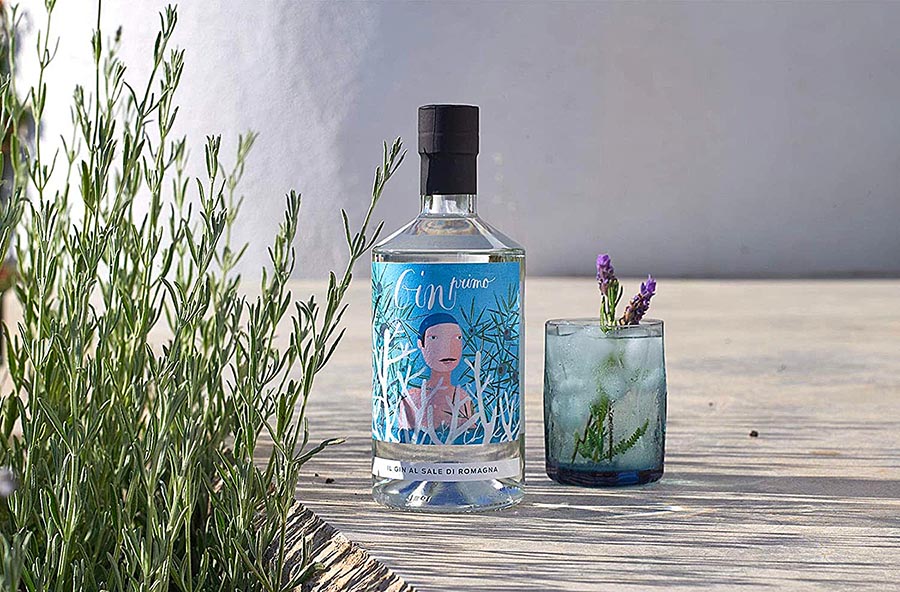You can’t really make broad generalizations about drinks trends in Europe — which makes sense, given that it’s the home of almost half a billion people. Having said that, there are some notable trends within individual countries and subregions.
Gin
Gin continues to be a popular choice across Europe, with plenty of room to grow. Some countries are moving toward flavored varieties, while others continue to stick to more traditional styles with a bold character.
November saw the second annual Gin Insiders festival in Lyon. It was a bustling show, with established brands and plenty of new distillers — many from France, but a strong showing from the rest of Western Europe, too, where gin remains very much in vogue.
Lots of growth in Spain, Portugal, and the U.K. has been driven by the popularity of flavored gin, but it isn’t as popular in all European markets. “Italians are not really into flavored gin,” says Vanessa Piromallo, founder and editor in chief of IlGin.it, “but we do see bold flavors and gins inspired by the sea. Navy strengths are also particularly popular at the moment.”
In Sweden, the state monopoly system for liquor sales has helped to control the release of gin to the market, although growth continues and there is still room for more. Most Swedish distillers have tended to focus on dry gins rather than flavored ones. “The gin and tonic is the main way that people are drinking gin,” says Jon Hillgren, founder and master distiller at multi-award-winning Hernö Gin, “but there is some interest in other cocktails, too, although it is more the negroni than the martini.” Hernö Gin has opened a bar in Stockholm (250 miles from their distillery) and is investing heavily in both a new gin hotel and visitors’ experience at the distillery.

Whisky
Europe has local whisky producers of well-established respectability and is also a long-standing importer of both blended and single-malt Scotch whisky. But when it comes to American whiskey, the mainland of Europe has been behind the U.K. in terms of both its appreciation and the availability of bourbons, ryes, and other varieties. That said, a few years back, interest began to build, partly as a result of a growing interest in mixed drinks.
“American whiskey, whilst from a low base, was experiencing a slow and steady growth in Europe, both in terms of interest and sales,” says Felix Nourney, spirits consultant. “The 2018 tariffs have hampered this progress and almost undone any recent progress. With the tariffs lifted, further growth needs to start again, but it is a slow process.”
Vodka
Vodka is a perennial favorite with Europeans across the board, from the traditional Central European distillates to the ultra-pure premium brands often seen in bottle service. A number of European brands have been expanding their portfolios recently to provide a “vodka for every occasion.”
Flavored vodka has never been as popular in Europe as it is in the United States. For many years, it had a bit of a bad reputation after an undiscerning wave of overly sweet releases shortly after the millennium that lacked genuine or fresh flavors
In the last few years, however, botanical vodkas (made like gin, but without juniper) have entered the market. These provide what many see as a more authentic experience that has a mature and nuanced approach to flavor profiles, with combinations such as lemon and ginger or strawberry and basil.
“The flavored vodka category has changed rapidly, from vibrant colors and sweetness to more natural flavors and distilled production techniques,” says Veronika Karlova, chair of the World Vodka Awards. “These can be drunk neat, but used in cocktails, too. Vodkas designed especially for the espresso martini and cosmopolitan have also been particularly popular of late.”

Other Spirits
Speaking to distillers around the Alpine region of France, Germany, Switzerland, and Austria, it seems that, despite the local heritage, eaux de vie and fruit brandies have fallen out of favor with younger drinkers.
What is in favor, however, is agave. Tequila and mezcal are the flavors of the month at the moment, and while there is certainly a lot of buzz around them, column inches do not always translate into sales. For logistical reasons alone, Europe is likely to remain a secondary market. However, some distillers have started to produce spirits using agave that has been grown in Europe, providing an intriguing and more accessible source of agave spirit to the continent.
Agalìa, for example, is distilled on the Mediterranean island of Sicily and is made using a variety of agave (zabbara) that grows on the island. It cannot, of course, be called tequila or mezcal, but it does demonstrate the broader interest among European distillers in this base spirit — and points to a wider trend towards the exploration of new and imported spirit styles in Europe.








